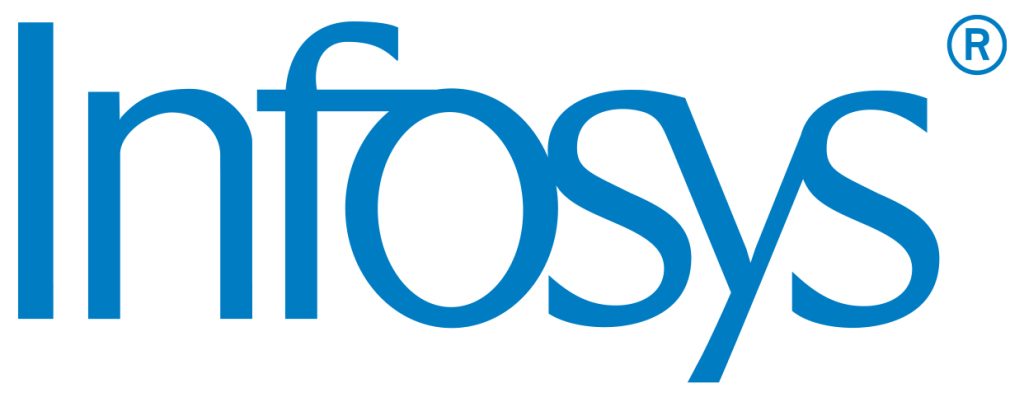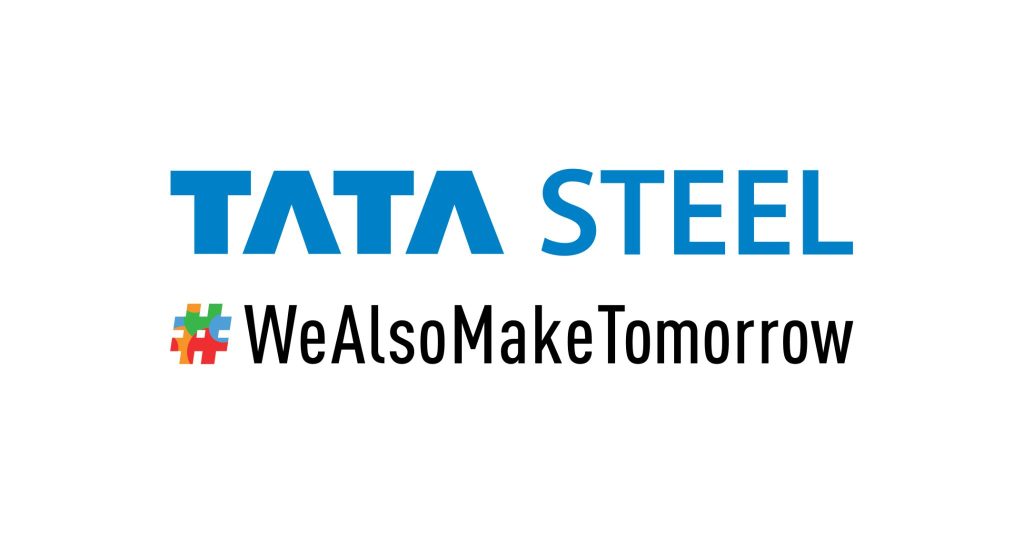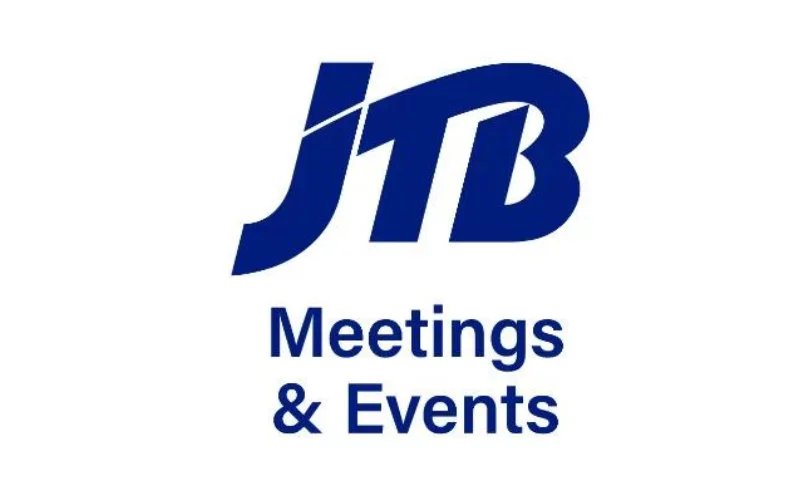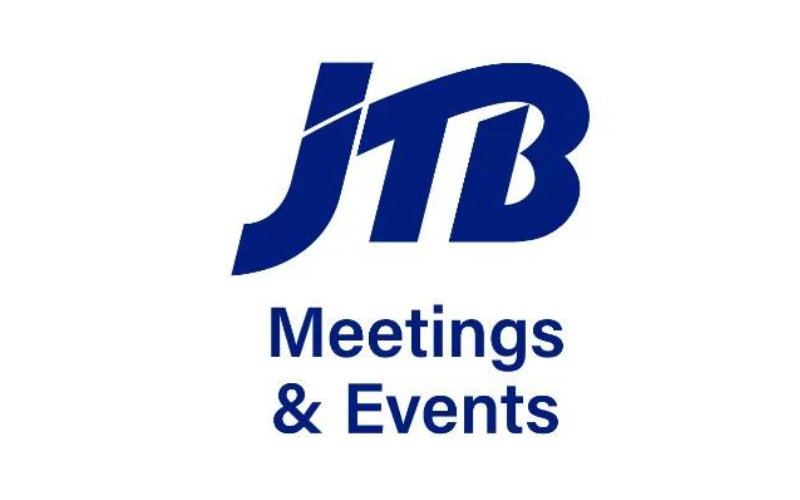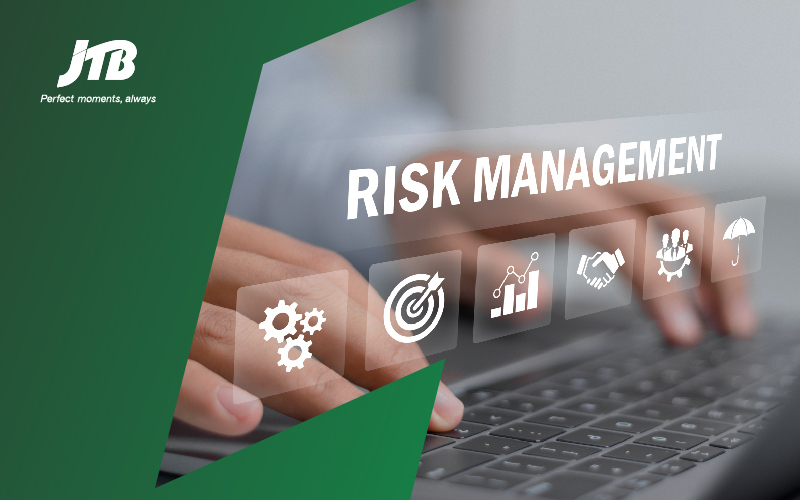Are you tired of attending aimless meetings that seem to lead nowhere?
Are you searching for ways to elevate your business to new heights of success?
Look no further than Strategic Meetings Management (SMM).
In this article, we will delve into how SMM can unleash the full potential of your company, driving significant results.
Why Strategic Meetings Management?
With Strategic Meetings Management, you can take control of your business meetings and make them purposeful, productive and impactful.
By implementing proven strategies and best practices, you can ensure that every meeting has a clear agenda, achievable goals, and actionable outcomes.
Whether you are a small business owner or a corporate executive, strategic meeting management can help you optimize your resources, improve collaboration, and foster innovation.
Understanding Strategic Meetings Management
But what exactly is strategic meetings management?
Strategic meetings management is a systematic approach focusing on planning, executing, and evaluating meetings to maximize their value and impact. This involves meticulous attention to scheduling, organization, facilitation, and follow-up.
So, if you are ready to unlock the power of your meetings and propel your business forward, read on to discover how strategic meeting management can transform your business.
Importance of Strategic Meetings Management for Businesses
Whether you’re a small business owner or a corporate executive, Strategic Meetings Management can help optimize your resources, enhance collaboration and foster innovation.
In today’s fast-paced business environment, where time is a precious commodity, ensuring that every meeting counts is crucial. Strategic Meetings Management allows businesses to align objectives, streamline decision-making processes and improve communication among team members.
By implementing effective meeting management practices, companies can reduce wasted time, increase productivity and ultimately achieve their goals more efficiently.
Key Components of Strategic Meetings Management
To successfully implement strategic meeting management, it is important to understand its key components. These include:
- Clear Objectives and Agenda: Every meeting should have a clear purpose and well-defined objectives. This ensures that participants understand the purpose of the meeting and can come prepared to contribute meaningfully.
- Most suitable venue selection: For every meeting, the venue plays an important role in making the meeting successful. The meeting’s purpose should be the direct selection of the most suitable venue to make the meeting successful. eg- The venue needed for the Offsite would be different from that of a seminar.
- Effective Facilitation: A skilled facilitator is crucial in guiding discussions, managing time, and ensuring that the meeting stays on track. A good facilitator encourages participation, manages conflicts, and helps the group reach a consensus.
- Engaging Meeting Materials: Well-prepared meeting materials, such as agendas, presentations, and supporting documents, can significantly enhance the effectiveness of a meeting. These materials should be distributed in advance, allowing participants to review and come prepared.
- Efficient Time Management: Time is a valuable resource, and effective meeting management requires careful attention to time allocation. Meetings should start and end on time, with a clear agenda and timeline for each agenda item.
- Actionable Follow-up: After the meeting, it is important to follow up on action items and decisions made during the meeting. This ensures that progress is made and accountability is maintained.
Benefits of Implementing Strategic Meetings Management
Implementing strategic meeting management can yield numerous benefits for businesses, including:
- Increased Productivity: Well-managed meetings are more focused and efficient, leading to increased productivity and better use of resources.
- Improved Collaboration: Strategic meeting management fosters collaboration and cross-functional communication, allowing teams to work together more effectively.
- Enhanced Decision-Making: Clear objectives, well-prepared materials, and effective facilitation contribute to better decision-making processes during meetings.
- Reduced Costs: By optimizing meeting processes and resources, businesses can reduce costs associated with wasted time and resources.
- Obtaining the Organizational Goals: Strategic meetings would help an organization achieve its mission, vision, or goals like sustainability initiatives.
- Increased Employee Engagement: Engaging and purposeful meetings create a positive work environment and increase employee engagement.
Now let’s have a look at the best practices.
6 Best Practices for Successful Strategic Meetings Management
To ensure the success of strategic meeting management, it is important to follow best practices. Here are some tips to help you get started:
- Set clear objectives: Clearly define the purpose of each meeting and communicate the objectives to participants in advance.
- Prepare well: Ensure that all necessary materials are prepared and distributed to participants before the meeting. This includes agendas, presentations, and any supporting documents.
- Powerful Audio-Visual – Ensure the most modern and digitalized equipment is arranged to facilitate the meeting and make it effective for the audience.
- Encourage active participation: Create an environment that encourages participation and collaboration. Give everyone a chance to voice their opinions and contribute to the discussion.
- Manage time effectively: Stick to the agenda and timeline to ensure that the meeting stays on track. Allocate time for each agenda item and avoid unnecessary tangents.
- Follow up on action items: Follow up on action items and decisions made after the meeting. Assign responsibilities and set deadlines to ensure accountability.
And here comes the robust tools to use in SMM.
Tools and Technologies for Strategic Meetings Management
In today’s digital age, there are numerous tools and technologies available to assist with strategic meeting management. These tools can help streamline processes, enhance collaboration, and improve overall meeting effectiveness. Some popular tools include
- Meeting management software: Meeting management software allows businesses to streamline the planning, execution, and follow-up of meetings. These tools often include features such as agenda creation, attendee management, and action item tracking.
- Video conferencing platforms: Video conferencing platforms enable remote teams to participate in meetings and collaborate effectively. These platforms often include features such as screen sharing, virtual whiteboarding, and recording capabilities.
- Collaboration tools: Collaboration tools, such as project management software or team messaging platforms, can facilitate communication and collaboration among team members, both during and outside of meetings.
- Note-taking apps: Note-taking apps can help participants capture meeting minutes, action items, and important discussions. These apps often allow for easy sharing and collaboration on meeting notes.
Industries Implementing SMM
To further understand the impact of strategic meeting management, let’s explore some real-life examples:
1. Software Development Firm:
This resulted in reduced project timelines, enhanced code quality, and a more collaborative work environment.
2. Pharmaceutical Firm:
Dr. Reddy’s Laboratories, a major pharmaceutical company based in India, integrated Strategic Meetings Management into its regulatory meetings. By setting clear objectives, managing time effectively during regulatory discussions and ensuring actionable follow-up, Dr. Reddy streamlined its regulatory approval processes.
This implementation led to faster product launches, compliance with regulatory requirements, and improved competitiveness in the pharmaceutical market.
3. Manufacturing Company:
Tata Steel, a renowned Indian multinational steel manufacturing company, embraced SMM for its production planning meetings. Through the implementation of efficient time management, clear objectives, and actionable follow-up, Tata Steel significantly reduced downtime by improving coordination between production and supply chain teams. This resulted in cost savings and enhanced on-time delivery performance.
By examining these real-life examples from prominent Indian companies, it is evident that Strategic Meetings Management is adaptable to various industries and can bring about positive transformations in project management, regulatory compliance, and production planning.
The principles of clear communication, effective collaboration, and strategic decision-making remain consistent, showcasing the versatility and effectiveness of Strategic Meetings Management in the Indian business landscape.
Challenges and Solutions in Strategic Meetings Management
While strategic meeting management offers significant benefits, there can be challenges along the way. Some common challenges include:
- Lack of engagement: Participants may not actively engage or contribute to discussions during meetings. To address this, it is important to create a collaborative environment that encourages participation and values diverse perspectives.
- Poor time management: Meetings can run over time or get off track, leading to inefficiency and frustration. Setting clear agendas, allocating time for each agenda item, and enforcing time limits can help address this challenge.
- Resistance to change: Implementing strategic meeting management practices may face resistance from team members who are accustomed to traditional meeting formats. Communication, training, and highlighting the benefits of the new approach can help overcome this challenge.
- Lack of follow-up: Without proper follow-up on action items and decisions made during meetings, progress can stagnate. Assigning responsibilities, setting deadlines, and regularly reviewing progress can help ensure accountability and keep projects moving forward.
How to Get Started with Strategic Meetings Management?
Here are some steps to help you get started:
- Assess your current meeting practices: Evaluate your existing meeting processes and identify areas for improvement. Consider conducting a survey or gathering feedback from team members to gain insights into their experiences.
- Define clear objectives: Clearly define the purpose and desired outcomes of your meetings. Make sure all participants understand the objectives and come prepared to contribute.
- Implement best practices: Incorporate best practices for strategic meeting management, such as setting clear agendas, preparing well-defined meeting materials, and encouraging active participation.
- Leverage technology: Explore tools and technologies that can streamline your meeting processes and enhance collaboration. Consider meeting management software, video conferencing platforms, and collaboration tools that best suit your needs.
- Evaluate and adjust: Regularly assess the effectiveness of your strategic meeting management practices. Collect feedback, measure key performance indicators, and make adjustments as needed to improve continuously.
Evaluating the Success of Strategic Meetings Management
Measuring the success of strategic meetings management is crucial to determine its effectiveness and identify areas for improvement. One key metric is the ROI, which assesses the financial impact of meetings against their costs.
Organizations can analyze whether the desired outcomes were achieved within budgetary constraints by tracking expenses, including venue, travel, and staff.
Additionally, attendee satisfaction surveys provide valuable insights into meeting effectiveness. Feedback from participants regarding content relevance, engagement levels, and overall experience helps gauge if objectives were met.
Monitoring key performance indicators such as attendance rates, session ratings, and post-event action items completion also contributes to evaluating success.
Conclusion
Strategic meetings management is a powerful tool that can transform your business meetings from time-wasting sessions to valuable opportunities for collaboration and growth. By implementing effective meeting management practices, businesses can optimize their resources, improve collaboration, and drive significant results.
As technology continues to evolve, the future of strategic meeting management holds even greater potential. Artificial intelligence-powered meeting assistants, virtual reality meeting environments, and data-driven insights are just a few examples of innovations that can further enhance the effectiveness of meetings.
So, if you are ready to unlock the full potential of your meetings and propel your business forward, embrace Strategic Meetings Management and embrace a future of purposeful, productive and impactful meetings. Your business success awaits!



